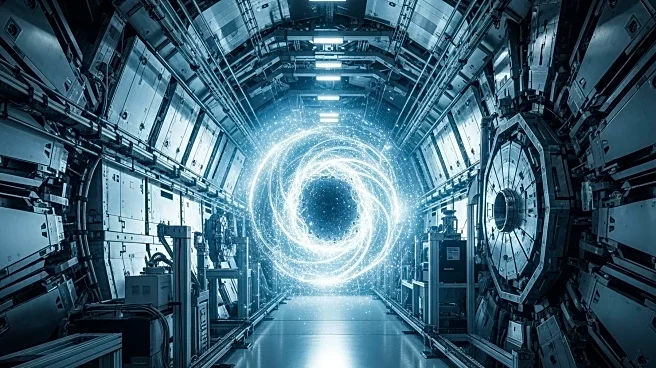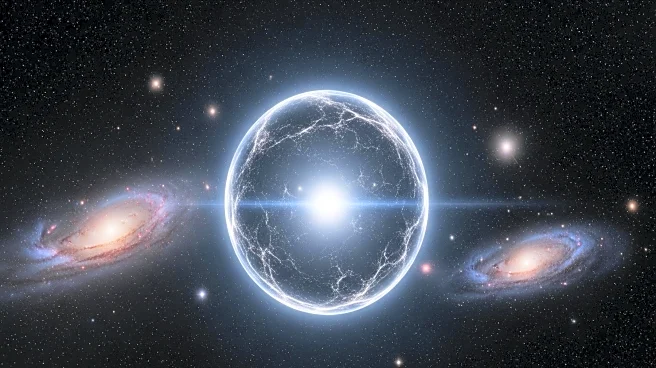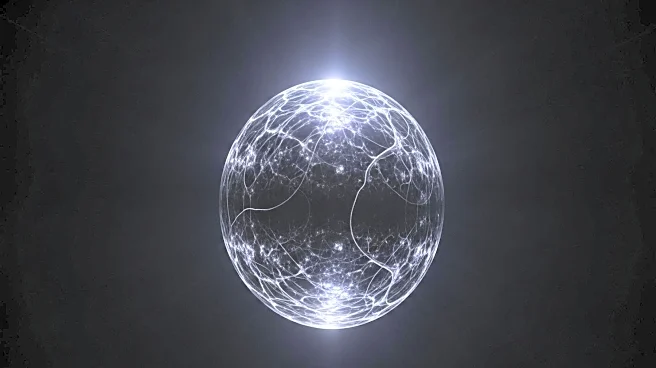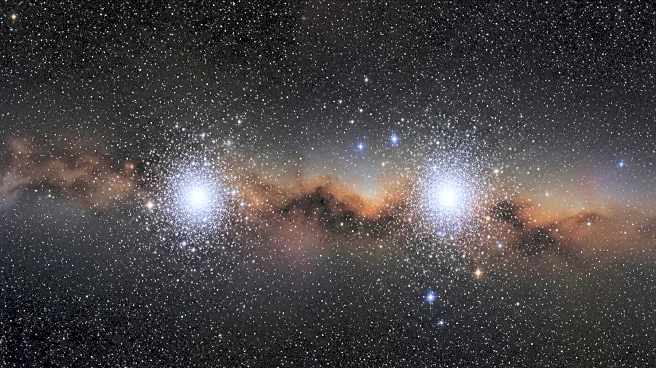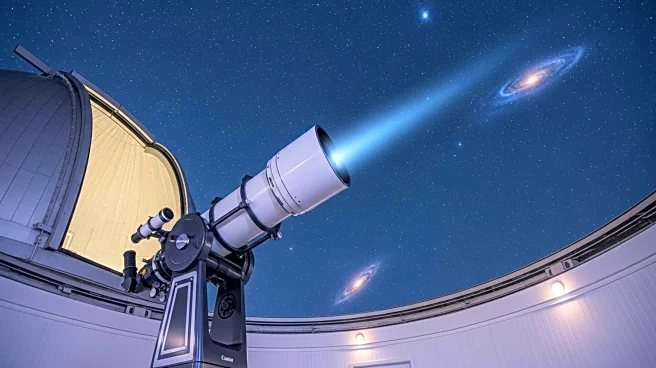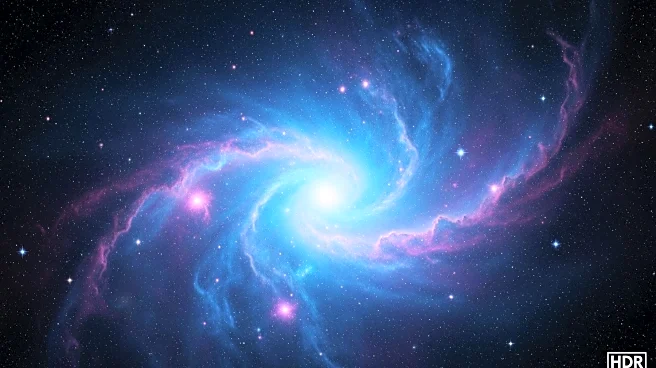What's Happening?
Physicists at CERN have proposed that evidence of hypothetical particles similar to axions, a leading candidate for dark matter, may be hidden in existing data from particle collider experiments. Axions were theorized in the 1970s to explain the matter-antimatter imbalance in the Universe. The researchers suggest that axion-like particles could have been emitted by protons or ions during acceleration in the Large Hadron Collider (LHC), and these particles might have collided with photons. The team identified proton and lead ion collisions as potential sources of axion-like particles, and data from a 2016 LHC experiment could contain overlooked evidence.
Why It's Important?
Discovering axion-like particles would provide a richer understanding of particle physics and could offer insights into the composition of dark matter. This research could lead to new constraints on undiscovered particles and enhance theoretical models of particle interactions. Finding these particles would not fully solve the mystery of dark matter but would significantly advance the field.
What's Next?
The researchers plan to analyze old LHC data for signs of axion-like particles, despite challenges with accessing data due to software changes. Upcoming LHC experiments could be tuned to detect these particles, potentially leading to new discoveries in particle physics.
Beyond the Headlines
The study suggests a novel approach to finding constraints on undiscovered particles, highlighting the importance of re-evaluating existing data with new hypotheses. This could lead to breakthroughs in understanding the fundamental components of the Universe.

